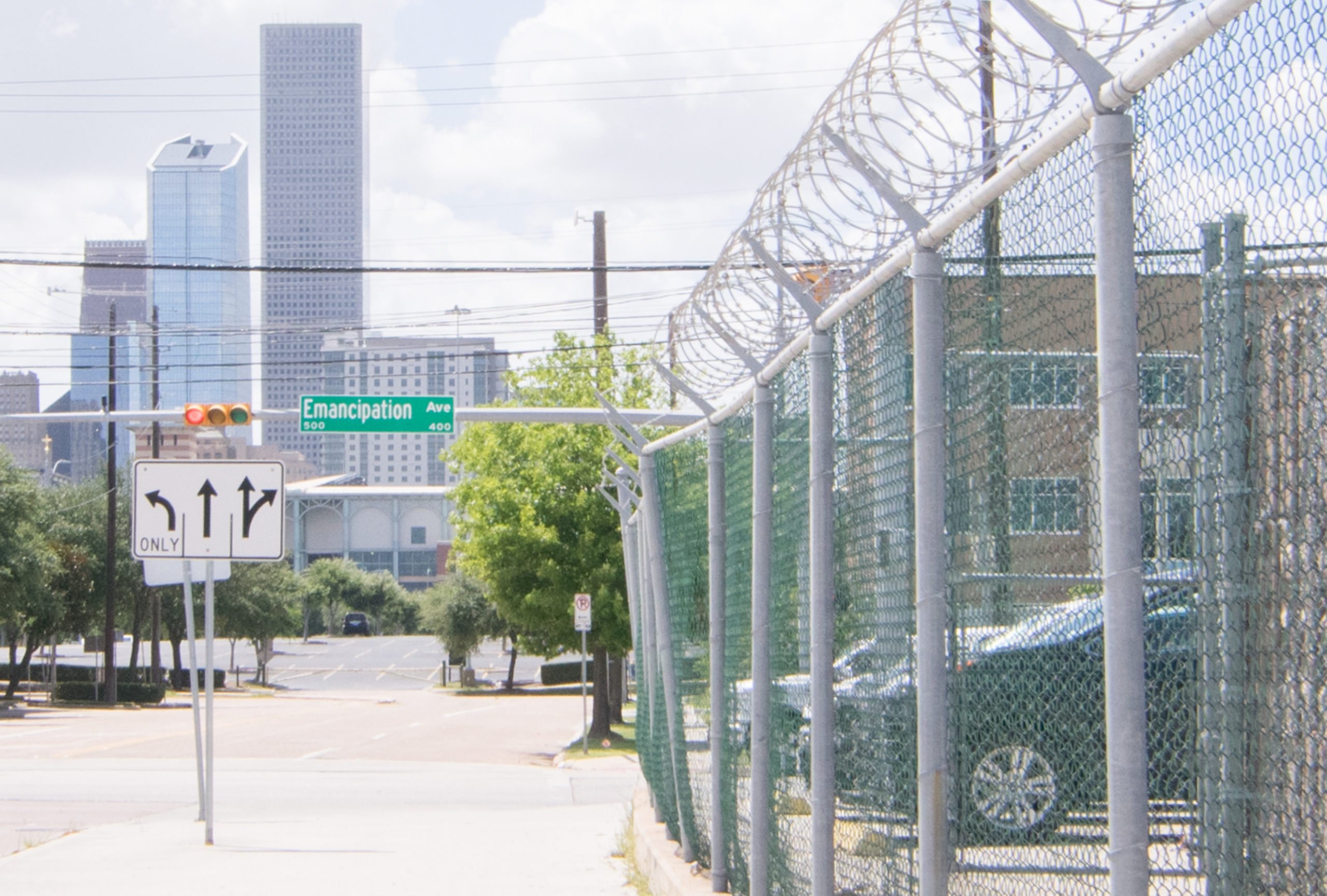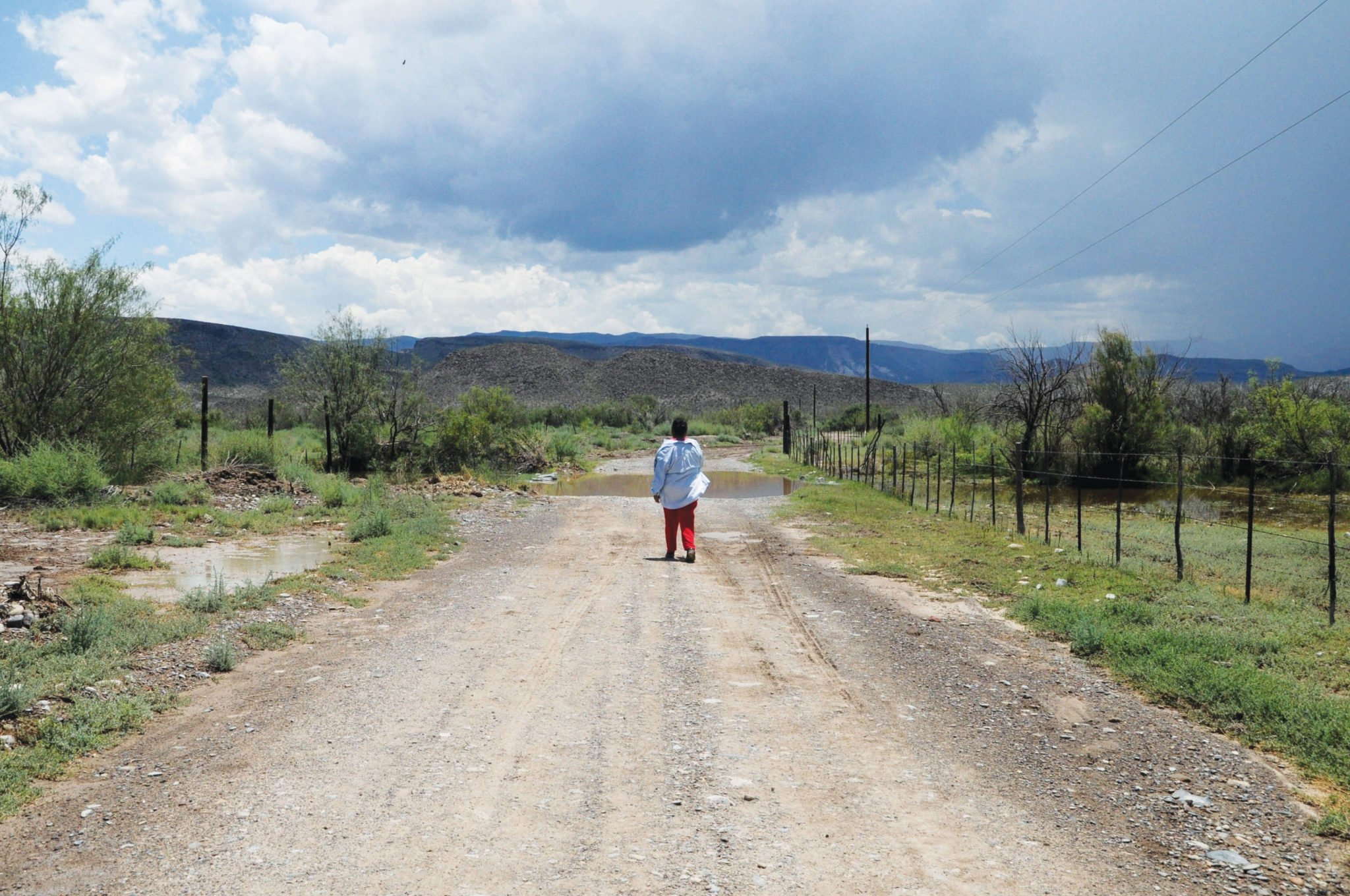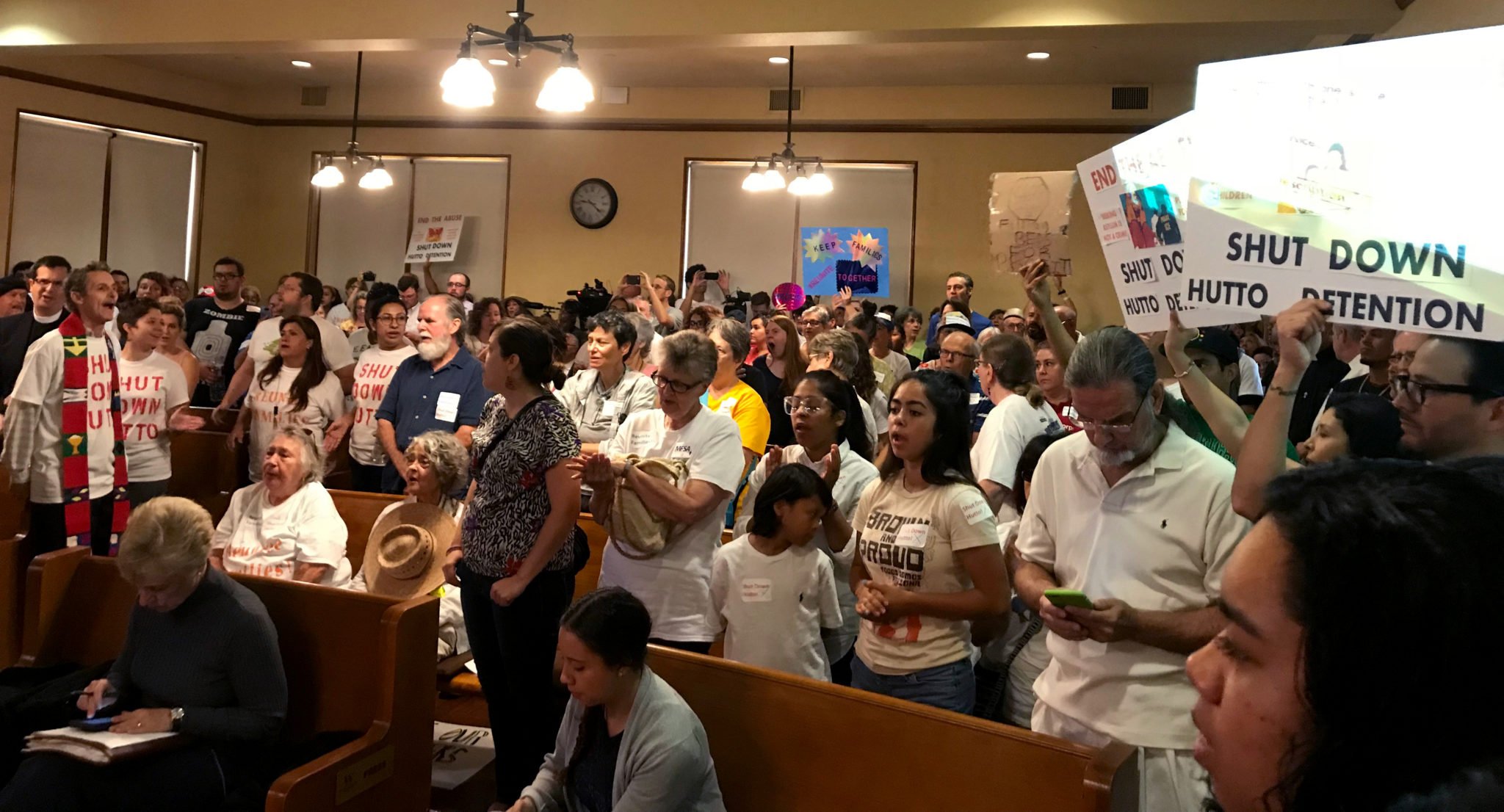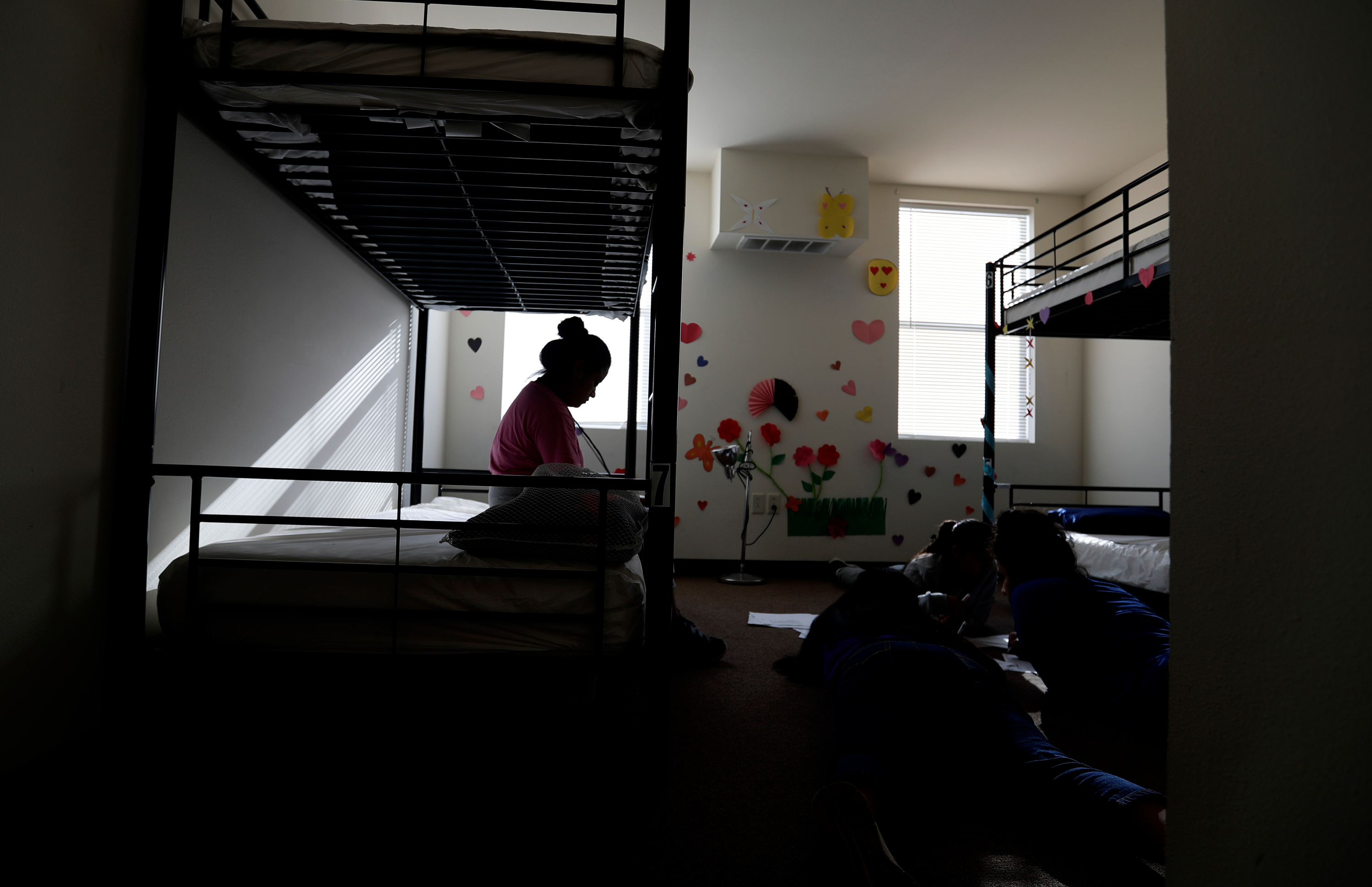
From Crystal City to Carrizo Springs, When Will We Stop Locking Up Kids?
Crystal City, Texas, was home to the nation’s largest detention camp during World War II. Now a camp for migrant teens has opened just a few miles away.
Above: Decorations cover the walls of the rooms in the U.S. government's newest detention facility for migrant children in Carrizo Springs.
Within a 10-foot tall barbed wire fence and between guard towers, armed immigration officers patrolled children in custody. The president declared the children and their families to be dangerous and ordered their arrest and detention. And so they were interned outside Carrizo Springs, Texas, between 1942 and 1948 at the Crystal City Alien Enemy Detention Facility.
Today, you could drive past the former site of the Crystal City internment camp without giving much pause to its history. The buildings that housed more than 4,000 Japanese, German, Italian and Latin American nationals and American citizens were converted over the years to schools, an airfield, a low-income housing project and even a whites-only country club. Now a few foundation slabs are all that remain. Blink and you might miss the historical markers across the old compound noting its significance as the nation’s largest internment camp during World War II.
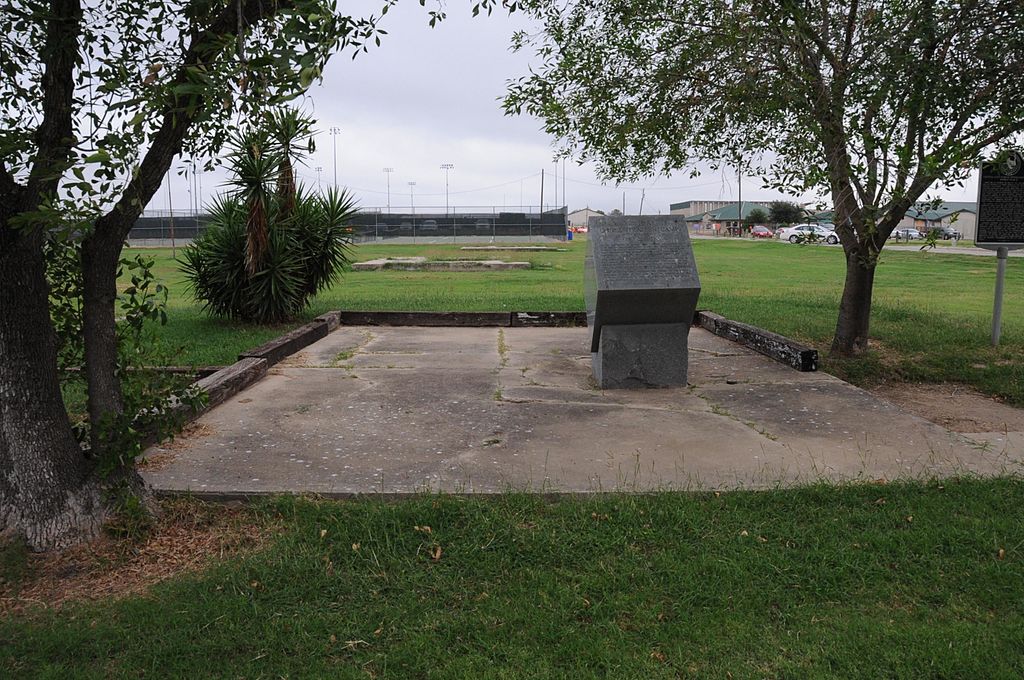
But just 13 miles away, history comes alive. Barbed-wire fencing surrounds white tents and trailers where guards again patrol children in custody. The Carrizo Springs immigrant detention facility, which opened on June 30, can hold up to 1,300 teenagers who arrive at the border alone or separated from family.
Inside the barbed wire at Carrizo Springs, there are soccer fields, a giant air-conditioned tent serving as a dining hall and trailers used as classrooms. Reporters shared pictures of dormitories where colorful decorations cover the walls and observed a class learning to say the Pledge of Allegiance. Officials with the U.S. Department of Health and Human Services say this camp is meant to alleviate the overcrowding at Border Patrol centers, where kids have been packed into cells under horrific conditions. Life at Carrizo Springs does appear to be better than at those jails, at least in the glimpse journalists got on a carefully orchestrated tour last week.
No amount of pools or gardens could overcome “the injustices and humiliations suffered here as a result of hysteria, racism, and discrimination,” as one of the Crystal City historical markers notes.
But no conditions can ever overcome the physical and emotional toll of imprisonment, according to WWII internment camp survivors. Satsuki Ina was held at Crystal City while her father was sent to another camp in North Dakota. She talked about her lifelong trauma in an interview with the Texas Tribune, saying that she still feels a “constant state of vigilance” more than 70 years later. As for conditions at camps today, Ina said, “I don’t care how they try to paint that picture. It’s a horror.”
The hollow praise of improved conditions in Carrizo Springs softly echoes a 1945 government film commending the “decent and humane treatment” of Crystal City prisoners. Scenes captured the internment camp’s swimming pool and flower gardens juxtaposed with perimeter floodlights and armed guards on 24-hour watch. No amount of pools or gardens could overcome “the injustices and humiliations suffered here as a result of hysteria, racism, and discrimination,” as one of the Crystal City historical markers notes.
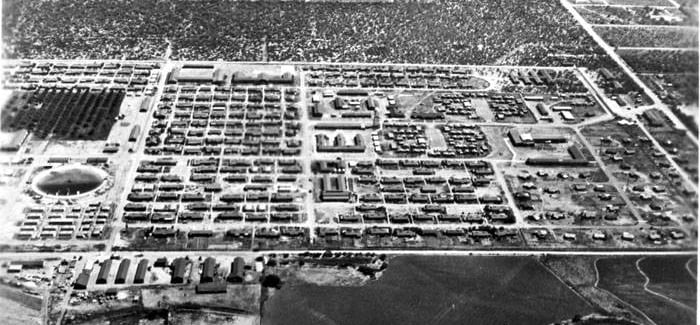
Crystal City internment camp survivors met in March outside the South Texas Family Residential Center in Dilley, where immigrant mothers and children — described again by the president as dangerous aliens — are detained. Wearing T-shirts with the message “Stop Repeating History,” survivors protested the chilling parallels between their experiences and those of people imprisoned today. They warned of a familiar, shared trauma: the toll of confinement while waiting and agonizing over their uncertain fate in America.
It is unthinkably cruel that in 2019, immigrant children — particularly those separated from their families — are still paying that toll. The Trump administration’s draconian policies have caused lasting harm to kids’ mental health, including post-traumatic stress disorder, anxiety and depression. These are not “summer camps,” no matter what immigration officials might say. The administration’s plan to expand the migrant shelters even includes the site of a former internment camp at Fort Sill.
The shameful practice of criminalizing and imprisoning the innocent shows we’ve lost more than just the buildings from the Crystal City internment camp. One of the markers at Crystal City warns that the old cottage slab it sits on should serve as a reminder that this tragedy must “never happen again.” Sadly, it already has.
